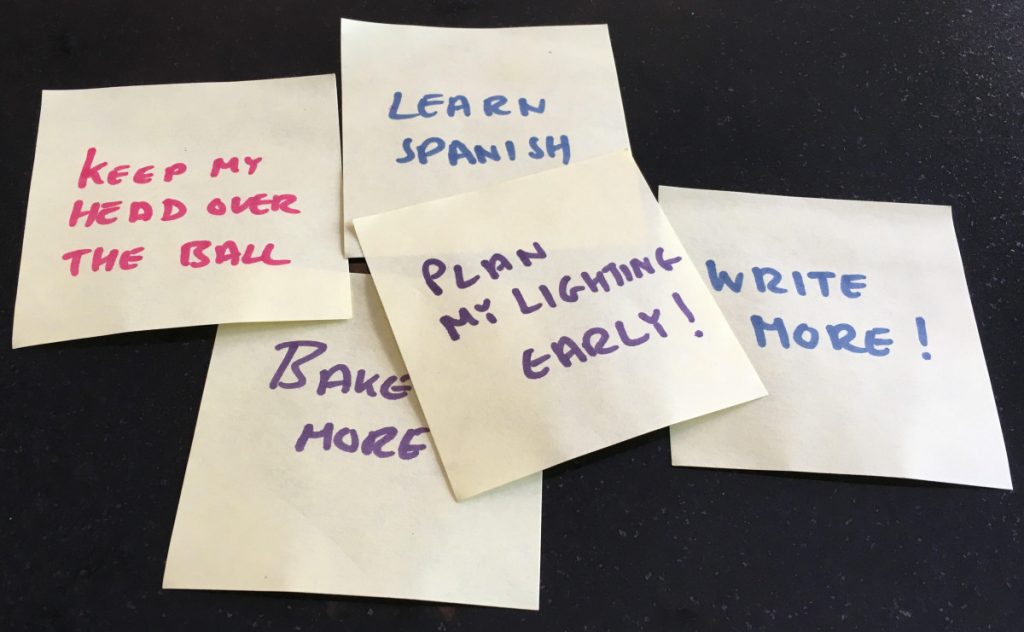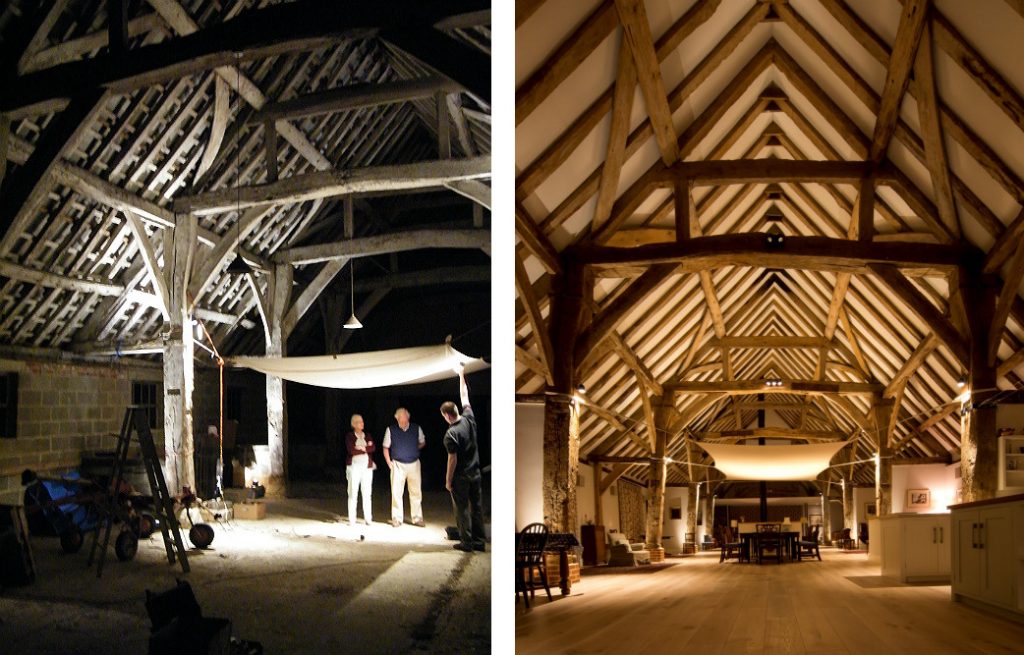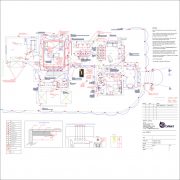Make “Plan lighting early” your New Year’s resolution

Drink less, eat better, exercise more and plan your lighting early. Here’s one resolution for 2017 that you can keep and why it’s such a good idea to do it.
Plan lighting early and make the most of your building
Planning your lighting as you are doing your early design work means you keep your options open. Lighting really doesn’t need to be all about downlights. Early planning means you can consider a wider range of mounting locations. Using the floor for ground recessed uplighting can create wonderful effects but you have to plan and cable ahead of your underfloor heating going in. Garden lighting can look amazing but you want to plan your cable routes, junction boxes and driver locations well ahead of hard landscaping work starting.
Plan Lighting early and ease the interior design process
This might sound a bit back to front but it’s true. When we talk about interior design in this context we’re not talking about cushions, carpets and curtains. We’re talking about the layout, the usage and how the interior is going to work. Lighting plays a fundamental part in how the space looks, feels and works but to design the lighting you have to be clear about what it is that you are going to light. That puts an emphasis on understanding the interior and how it hangs together early in the design process. That’s good for you and it’s good for your project. This project case study on lighting an ancient barn illustrates the benefit of early planning. Early decisions on interior layout and usage meant we were able to test design concepts onsite well ahead of electrical first fix.

Plan lighting early and save money
It’s a cliché but the most expensive cables are the ones you didn’t run. If you need to go back to a space to run an additional cable once that area is finished it’s disruptive and expensive. Equally, flood wiring an area without a plan of what you are going to put on the end of the cables is inefficient and as likely to not give you what you want. A lighting design describes what cables are going to be run:
- to what location
- to run or control what fitting
- to light what.
There’s obviously much more to it than that but at the heart of the lighting design is a cable schedule that describes each cable that is going to be run, where it’s going and what it is going to do. Whether you use the services of a professional lighting designer or you do the design yourself it’s a good discipline. You can see what goes into our lighting design packs with examples of our working documents here.





